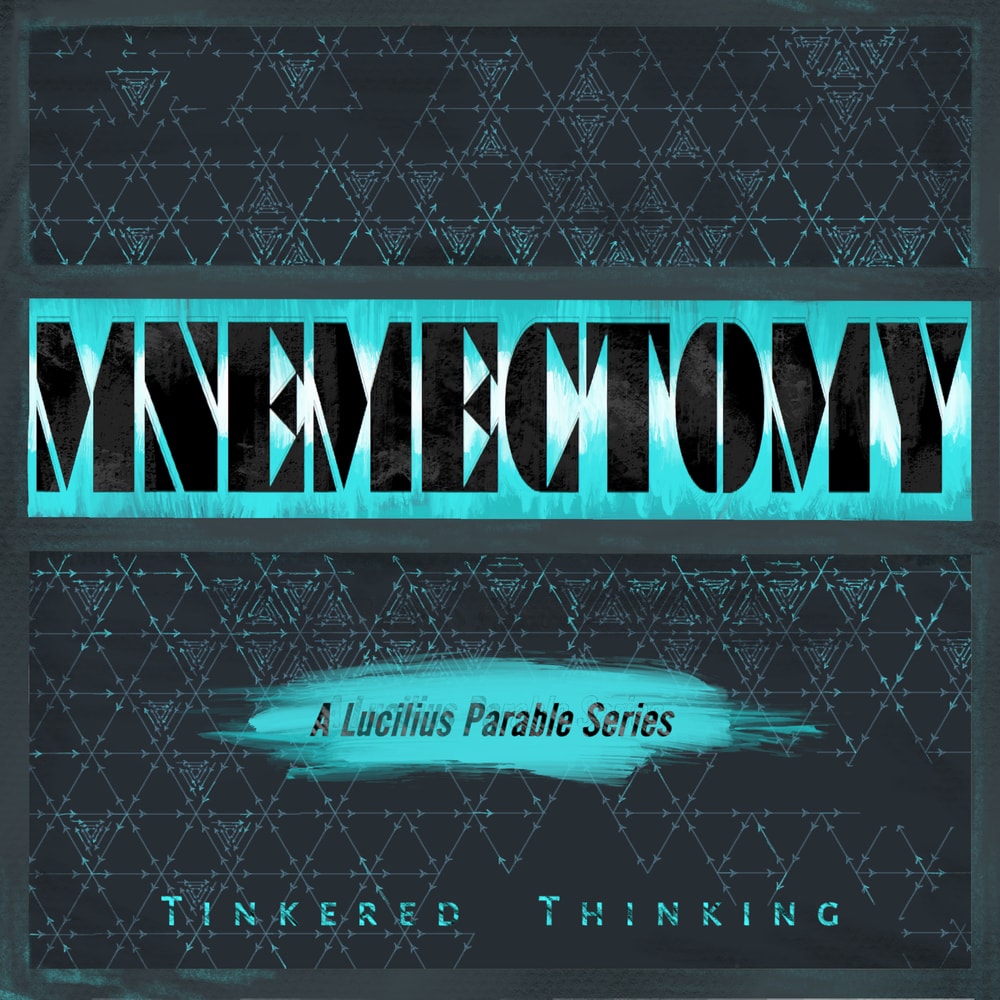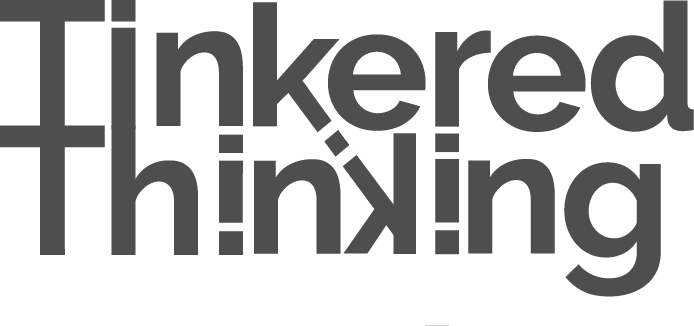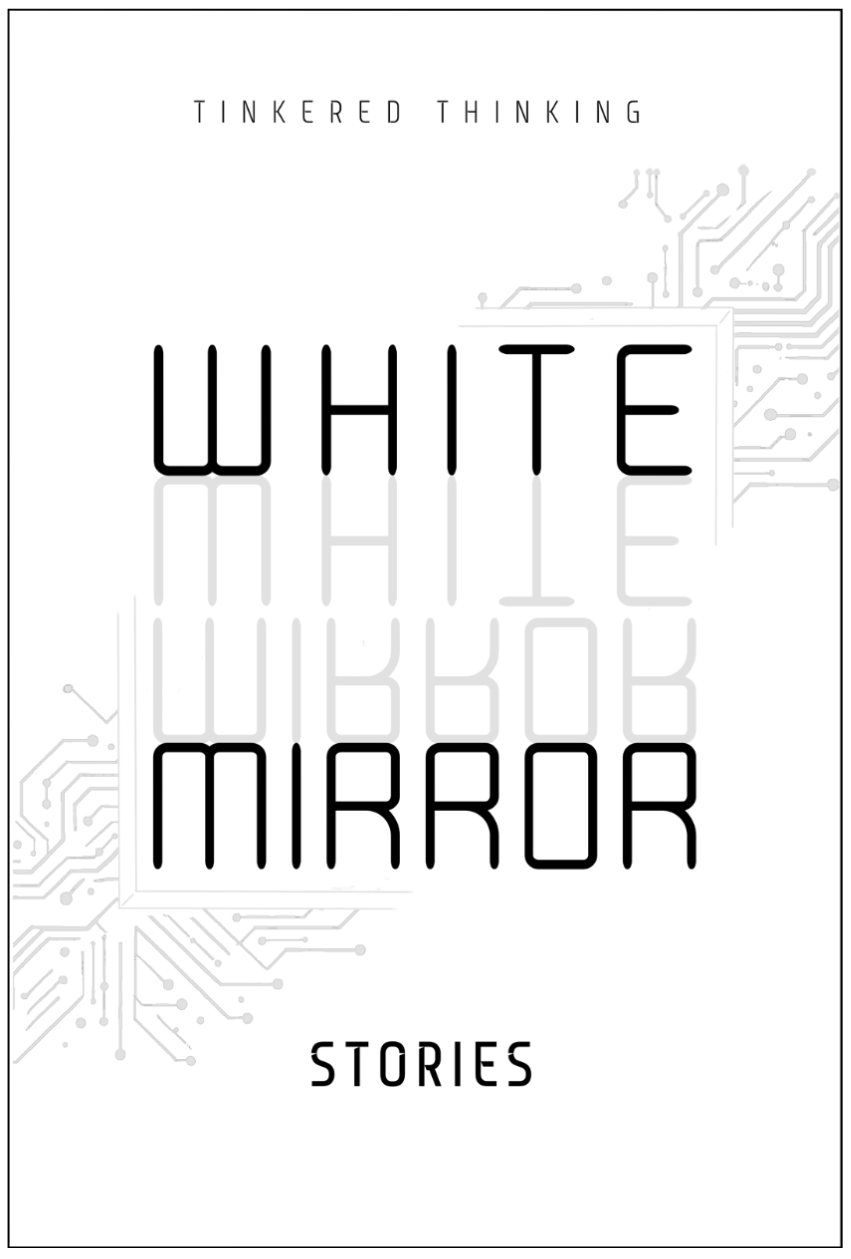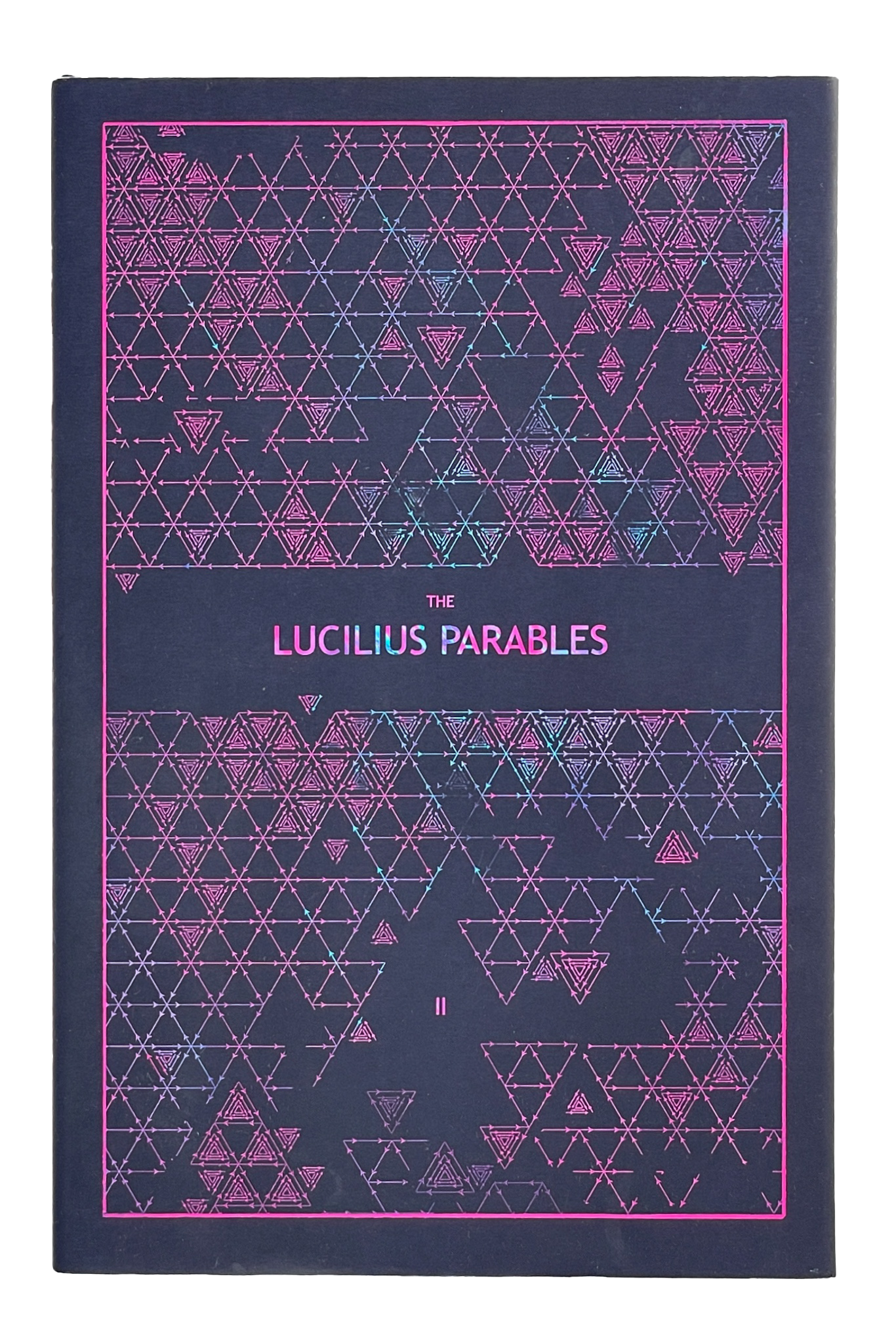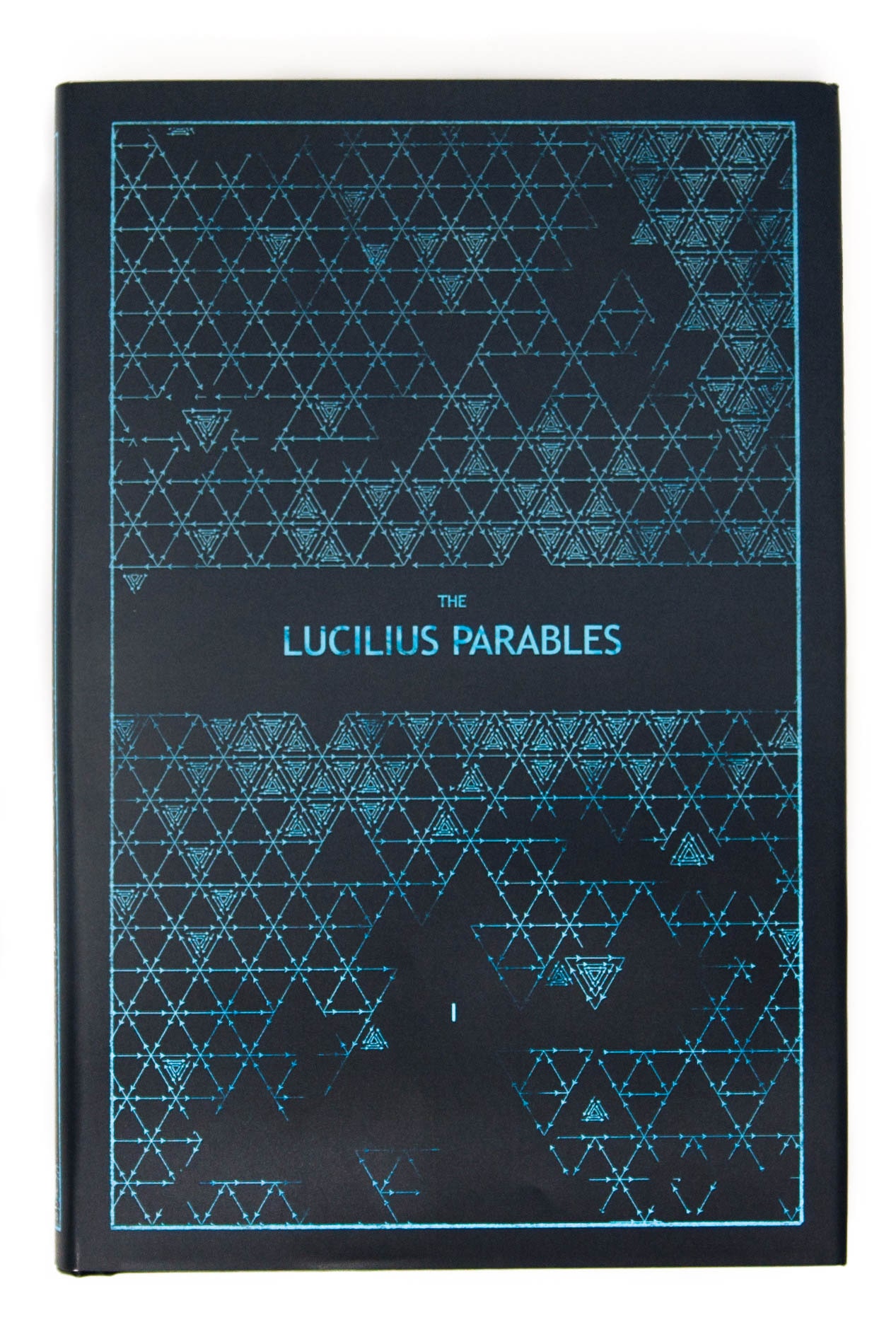Daily, snackable writings to spur changes in thinking.
Building a blueprint for a better brain by tinkering with the code.
subscribe
rss Feeds
SPIN CHESS
A Chess app from Tinkered Thinking featuring a variant of chess that bridges all skill levels!
REPAUSE
A meditation app is forthcoming. Stay Tuned.
BENEVOLENT SUBVERSION
May 1st, 2021
A statement wears it’s meaning on it’s face, a question, on the other hand, is far more subversive, because, where exactly does the meaning of a question exist? The question, as a concept and as a tool is a kind of Trojan Horse of communication, slipping past defences, right into the core of another person’s mind where it then takes on it’s true form.
The meaning of a question gathers itself from the contents of the mind it enters. The question provokes the mind it enters toward a certain, and often unique expression. While a certain variety of questions are pretty much answered the same across the board, like: what’s the color of the clear sky? Other questions evoke exquisite uniqueness.
Consider for example the token cocktail party question: what do you do for work?
This is an exceptionally boring question. But it’s useful for understanding the utility and function of questions. It’s meaning isn’t actually present in it’s form. The meaning of the question is locked within the mind of the person it’s directed towards. This is the entire point of a question. It’s a puzzle designed to retrieve a specific piece of information from another mind.
Pause for a moment to reflect on how crazy that concept is, and the fact that animals either cannot or simply do not form questions. (Yes, there have been extremely simplistic instances where it seems an animal has asked a question, but there is an important distinction to be made between a request for information and a genuine question where the answer is unknown without further action.)
Take for further example an unexpected question at a cocktail party. What if, instead of asking you what you do for a living, someone asked you how you ensure you’re living a fulfilling life?
This sort of question would most probably stop most people in their mental tracks with the realization that this is an important perspective that has perhaps never been fully considered before. And this is startling because it’s such an important question, but one rarely -if ever- asked.
Notice further that a question about fulfillment does not necessarily have the same straight forward answer that “what do you do for a living?” has. People may certainly have a whole variety of answers, and even a single person might answer when a complex web of psychologically relevant aspects of living.
The question reveals its most important utility in the way that we bridge and share perspectives. This is an old concept, known as “Socratic Dialogue”. Socrates was the teacher and mentor of Plato who apparently recorded his ideas. The Socratic Dialogue is a way of convincing someone of a certain point of view by leading a person to that point of view with a series of questions. Socrates would use the material of another person’s mind as the fodder for constructing the path that leads to his own perspective. Consider how apt the question is for this utility given some previous description here. It unravels in the mind that hears it and gathers it’s meaning and answer from that imagination. Using questions artfully and carefully, a person can make a person convince themselves of your own point of view.
This is, of course, a delicate art, more akin to dancing since that’s what you’re doing with another mind when you ask it a question. There isn’t really any knowing just how another mind will react to a specific question until you ask it and find out.
One way to illicit the power and utility of the question is to think of it literally in a physical space. Say, for example, you are facing a person, and you can see a portrait of Van Gogh behind them.
Now, given this situation, what is the best way to convince this person that there’s a portrait of Van Gogh behind them? We can simply make a statement, like: ‘there is a portrait of Van Gogh behind you.’, and if this person finds us trustworthy, then they might believe it. But again, this requires trust, and good bit of imagination.
We can, instead, ask: what is behind you? The answer and meaning of the question is not present in the question. It’s a puzzle that sparks a bit of curiosity and impels the person to turn around. The answer of course doesn’t rely on trust or imagination. It’s a direct perspective, and nothing is more convincing.
-compressed.jpg)
